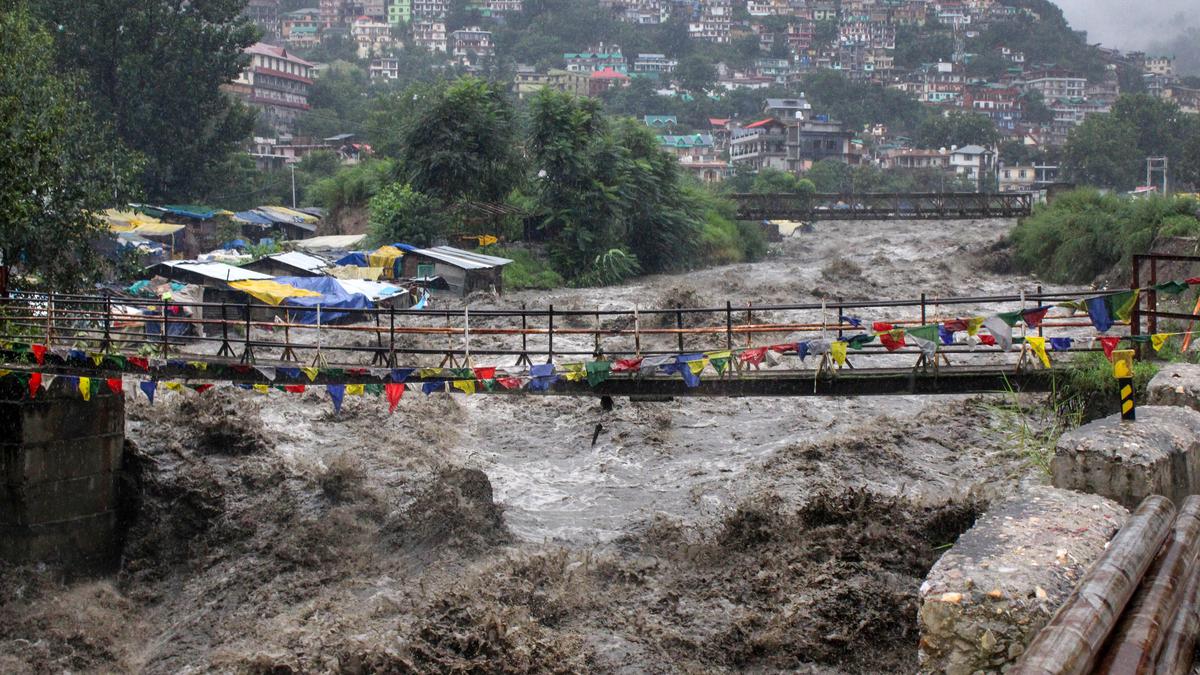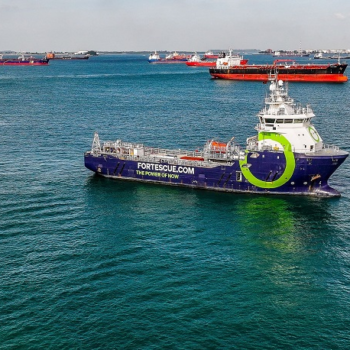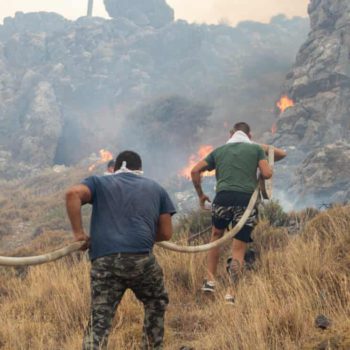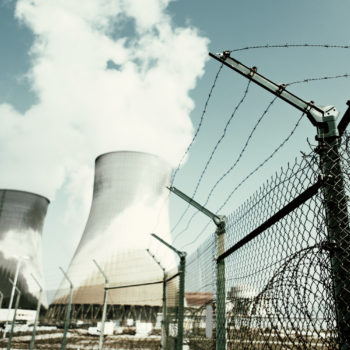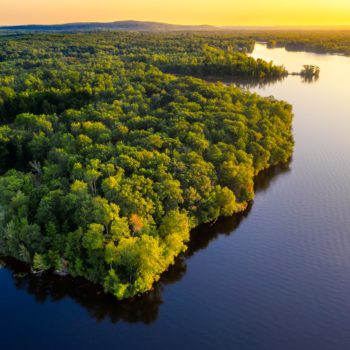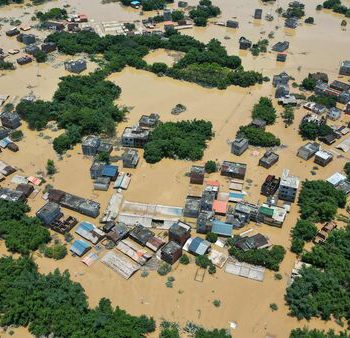|
|
Heavy rain in Himachal Pradesh claims lives; Delhi records 153 mm rainfall, the highest in a single day in July since 1982
In a disastrous turn of events, heavy rains triggered deadly flash floods and landslides in northern India over the weekend, resulting in at least 22 fatalities and causing significant damage. Most of the reported casualties were from the northern state of Himachal Pradesh.
Simultaneously, the Indian capital, New Delhi, recorded its wettest July day in more than 40 years, according to the Indian Meteorological Department. The city reportedly received 153 millimeters (6 inches) of rain on Sunday, a record-breaking amount not seen since 1982.
The Meteorological Department raised red alerts on Sunday, the highest threat level, for several northern states, including Himachal Pradesh, Uttarakhand, Punjab, and Haryana. Warnings for potential landslides were also issued in Uttarakhand and Himachal Pradesh, highlighting the serious risks posed by the torrential downpour.
The Meteorological Department warned that “isolated heavy to very heavy rainfall” will continue to impact the northern regions of Punjab, Haryana, Chandigarh, Delhi, Rajasthan, and Uttar Pradesh for the next five days, commencing on Monday.
Response to the Crisis
In response to the ongoing crisis, Himachal Pradesh Chief Minister Sukhvinder Singh Sukhu urged residents to stay indoors for the next 24 hours. Addressing the dire situation, Sukhu said, “I appeal to all to stay safe and stay inside their houses. Schools and colleges have also been closed as there is no way to travel.”
Rescue operations are in full swing across Himachal Pradesh. Early Monday witnessed the successful rescue of 27 people from a hotel in Kullu district that was besieged by the swelling waters of the Beas River.
This extreme weather event comes as India finds itself in the midst of the monsoon season, typically lasting from April to September. Last month, severe flooding following substantial rains and the arrival of Cyclone Biparjoy affected nearly half a million people in northeast India, causing widespread destruction.
The concurrent extreme weather patterns of flooding and heatwaves underscore the acute vulnerability of the world’s most populous nation to the impacts of the climate crisis.
Huge Chunk of National Highway Collapses
The severe downpour in Himachal Pradesh has led to widespread landslides and flooding, resulting in extensive damage to infrastructure such as roads, houses, and vehicles. Numerous bridges and thoroughfares have been swept away due to the overpowering rush of water.
An alarming instance was noted near Rohtang, where a significant section of the national highway gave way today, resulting in hundreds of vehicles being immobilized along the route.
Officials have stated that efforts to clear the debris and repair the damage are underway. Consequently, travel between Kullu and Manali has been impacted due to the ongoing reconstruction work.
In a further response to the crisis, Sukhvinder Singh Sukhu instructed all the Members of the Legislative Assembly to stay within their respective constituencies and extend assistance to the people in need.
